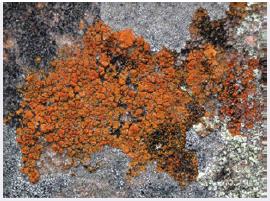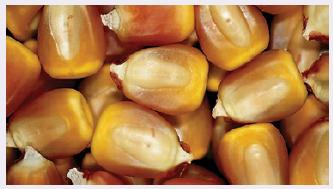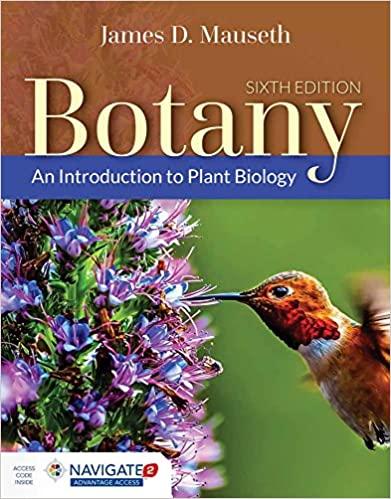Is it always easy to recognize that something is a living being rather than an inanimate object?
Question:
Is it always easy to recognize that something is a living being rather than an inanimate object? Europa is a moon of Jupiter (see Box 1-2), and it is so far from the sun that there is not enough light for photosynthesis. The bottom of its ocean must be completely dark and icy cold. Are there locations like this on Earth that support life and that therefore let us hypothesize that life might also exist on Europa?
BOX 1-2 The Characteristics of Life
Botany is a subdivision of biology, the study of life. Despite the importance to biology of defining life, no satisfactory definition exists.
As we study metabolism, structure, and ecology more closely, we understand many life processes in chemical/physical terms. It is difficult to distinguish between biology and chemistry or between living and nonliving, but the lack of a definition for life does not bother biologists; very few short definitions are accurate, and life is such a complex and important subject that a full understanding gained through extensive experience is more useful than a definition.
Although we cannot define life, it is critically important for us to recognize it and to know when it is absent. Many hospitals use artificial ventilators, blood pumps, and drugs to maintain the bodies of victims of accidents or illness. The person's cells are alive, but is the person alive? On a less dramatic scale, how does one recognize whether seeds are alive or dead? A farmer about to spend $100,000 on seed corn wants to be certain that the seed is alive. How do we recognize that coral is alive? It looks like rock but grows slowly-but stalactites are rock and they also grow.
The ability to recognize life or its absence is important in space exploration also. The surface of Mars is dry, but water may exist within the soil; many bacteria on Earth live below ground, obtaining energy from chemicals in rock. Europa, a moon of Jupiter, has an ocean below a layer of permanent ice; on Earth, worms, clams, and bacteria live in complete, icy darkness near vents on the ocean floor, obtaining enough energy from volcanic gases to thrive, not just survive. When we explore Mars, Europa, and other parts of the solar system, how will we search for life? How will we know whether we have found it?
All living beings have all of the following characteristics; if even one is missing, the material is not alive:
1. Metabolism involving the exchange of energy and matter with the environment. Organisms absorb energy and matter, convert some of it into their own bodies, and excrete the rest. Many nonliving systems also do this: Rivers absorb water from creeks, mix it with mud and boulders, and then "excrete" it into oceans.

FIGURE B1-2A
Lichens grow extremely slowly and remain dormant for months; almost no sign of life can be detected during their dormant period.
2. Nonrandom organization. All organisms are highly structured, and decay is the process of its molecules returning to a random arrangement; however, many nonliving systems also have this feature: Crystals have an orderly arrangement as do many cloud patterns, weather patterns, and ripple patterns in flowing streams.
3. Growth. All organisms increase in size from the time they are formed: Fertilized eggs grow into seeds or embryos, and each in turn grows into an adult. At some point, growth may cease-we stop getting taller at about 25 years of age. This too is not sufficient to distinguish living from nonliving: Mountains and crystals also grow.
4. A system of heredity and reproduction. An organism must produce offspring very similar to itself such that when the individual dies life persists within its progeny. Fires reproduce but are not alive.
5. A capacity to respond to the environment such that metabolism is not adversely affected. When conditions become dry, an organism can respond by becoming dormant, conserving water, or obtaining water more effectively. Mountains also respond to the environment by growing as geological forces push them upward and by becoming smaller as erosion wears them away.
In addition to these absolute requirements of life, two features are almost certainly associated with all forms of life:
(1) Organisms develop, such that young individuals and old ones have distinctive features, and
(2) Organisms evolve, changing with time as the environment changes.
Although these various features are always present in living creatures, no one characteristic is sufficient to be certain that something is living versus inanimate. We have no difficulty being certain that rivers, fire, and crystals are not living, but when we search for life on other planets or even in some exotic habitats here on Earth, deciding whether we have actually discovered life might be quite problematical.
 FIGURE B1-2B
FIGURE B1-2B
These seeds of corn (Zea mays) are alive and healthy, but inactive metabolically. They will germinate and become obviously alive, but only if given the proper conditions.
Step by Step Answer:





